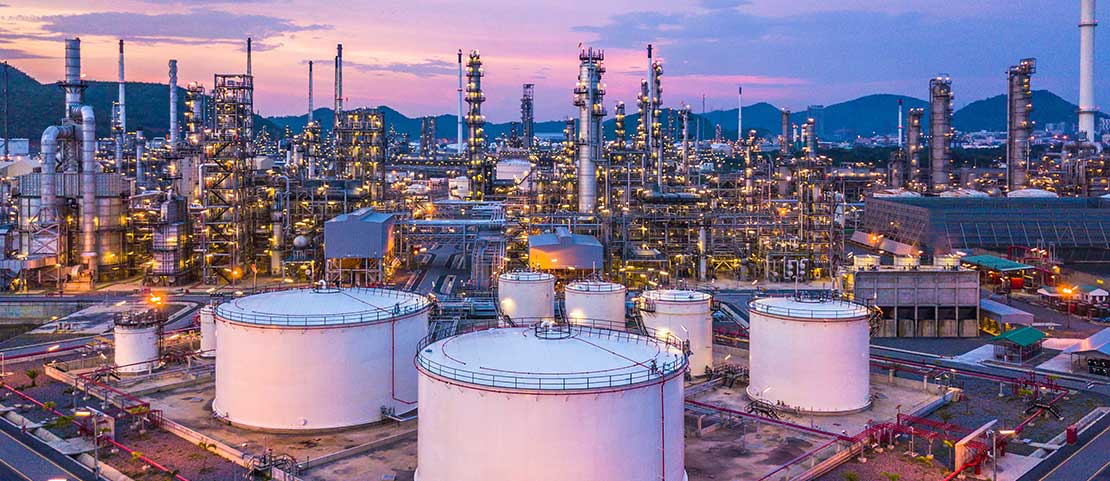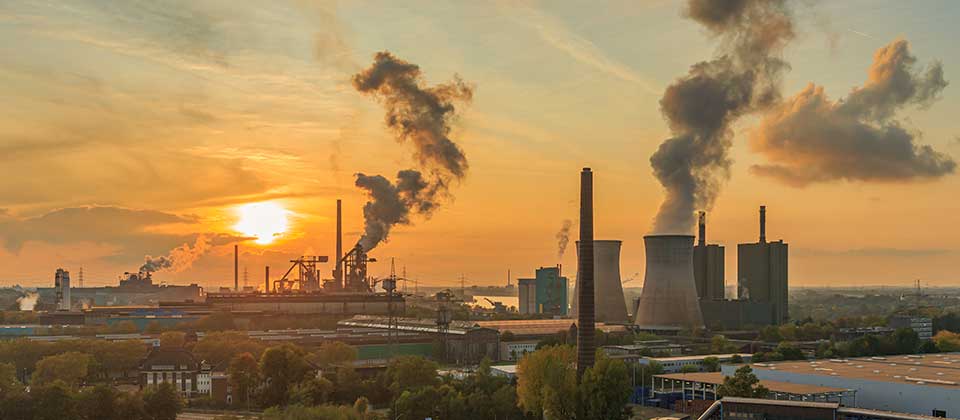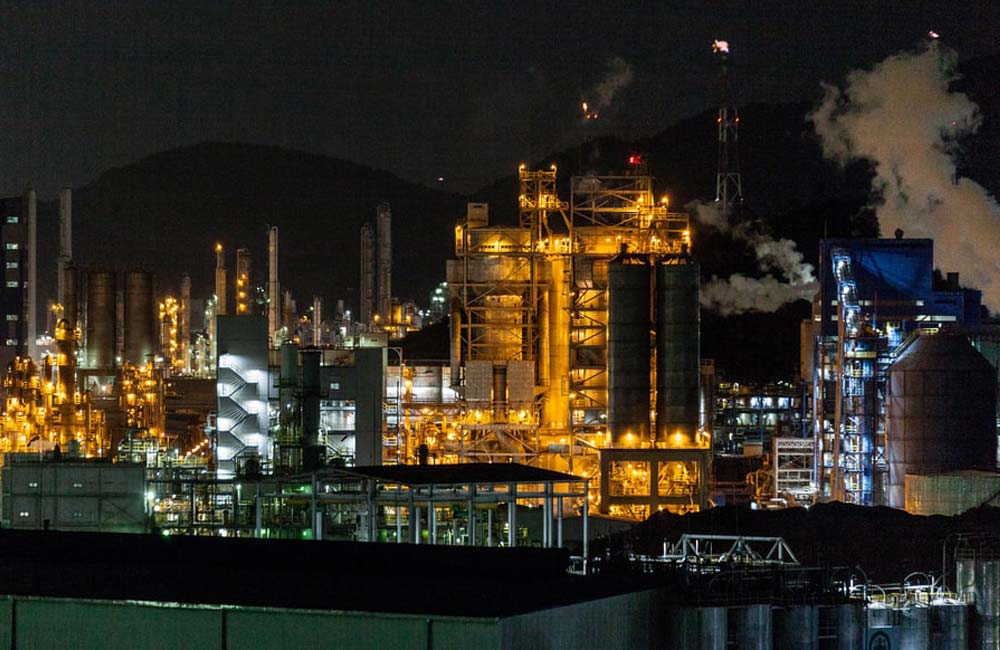

What Impact Does Oil Price Have on the Chemicals Industry?
Up to 96% of all manufactured goods are in some way impacted by the chemical industry, with is worth around $797bn in the US alone. By 2020, the industry is expected to top $5 trillion USD globally.
So, addressing the whole industry is pretty general, but the only way to start to answer this question.
It Depends Where You Are in the Value Chain
Anyone who works in the chemicals sector is familiar with the phrase ‘value chain’. Where a company is placed in this value chain largely impacts the variety of effects that a volatile oil price can have.
Broadly speaking, petrochemical companies at the beginning of the value chain who produce feedstocks - like SABIC, LyondellBasell, DOW and BASF - will be affected significantly. That’s because their products are crude-oil based, meaning that they purchase directly from the source – downstream/integrated oil & gas companies like BP, Shell or ExxonMobil.
On the face of things, it seems that a lower oil price means happier feedstock producers. They can get their raw materials (oil) cheaper and pass those savings on to companies further down the chemical value chain.
However, it’s not that straightforward. A company’s base ingredient for feedstocks and location are also intertwining factors.
Naphtha vs Ethane
Some chemical producers use naphtha as a feedstock in their manufacturing. This is derived primarily from crude oil and is therefore inextricably linked to the price of oil. For feedstock producers, when the $ per barrel of oil increases, the price of naphtha generally follows.
Other producers use ethane as a feedstock for chemical production, which uses natural gas as its main ingredient. This is where geography comes in. Currently the US oil industry is enjoying a shale drilling boom, driven by multistage fracking. This is a style of drilling which sees large amounts of natural gas released as a by-product of the drilling process.
In areas like the Permian Basin in West Texas, this type of drilling is more common - meaning that ethane is more readily available for chemical producers to use. This causes companies that manufacture ethane-derived chemicals to undercut their naphtha rivals and pass savings on to those further down the value chain.
The exponential rise in this type of drilling, and consequential increase in available ethane, came about because of a higher oil price. So, while the oil price renaissance we’re currently seeing is making feedstock ingredients cheaper for US-based ethane manufacturers who have been able to save 60% on raw materials, it may not be the best news for naphtha-based manufacturers elsewhere in the world.
See, I said it wasn’t straight forward.
Everyone Else
That’s just focusing on petrochemical producers though and ignoring the effect it can have on other types of manufacturer.
As a more environmentally friendly alternative to petrochemicals, bio producers have been on the rise in recent years, but a lower oil price can be bad news for them.
While those in the coatings, adhesives, sealants and elastomers (CASE) market may want to be more environmentally conscious in their manufacturing processes - with biological feedstocks or by developing waterborne products – that becomes a much more unlikely when this approach damages profits.
Other companies further down the chain are also affected in different ways, as their hands are forced by market conditions. For example, downstream specialist chemical producers can make substitutions of their intermediary products. Polypropylene, for example, could fall below high-density polyethylene during an oil price decline.
Another example is PVC. Traditionally PVC has been manufactured in Asia as the global marginal player, but the fall in cost of ethane to below naphtha has allowed some North American players to crash the PVC party. This has led to a resurgence in coal-based acetylene as an alternative.
Such is the size of the market that the ramifications and consequences of a high or low oil price are very difficult to determine. There is one takeaway though, that all companies should take heed from.
The Most Important Thing? Future Proofing
The most important thing for all chemical manufacturers, particularly those dealing with feedstocks, is the need to be adaptable.
The fact that so much depends on, and can be altered by, a fluctuating oil price means that companies need to be able to move with them and quickly change their strategies, route to markets and sometimes even manufacturing processes.
Recommended.

Embedding Digitalisation For A Sustainable Chemical Industry.
How can embedded digitalisation create a more efficient and sustainable chemical industry? Head of Global Digitalisation at ASK Chemicals to find out.

Is this the Chemical Industry's Solution to Reducing CO2 Emissions?
How can the chemical industry create a sustainable future by helping reduce CO2 emissions? Leading companies and start-ups alike are forging a path for change.

How to Implement Digitalisation & Operational Excellence.
In this podcast, we speak to Joost van Helden, who's a Senior Program Manager of Digital Execution at Eni. We discuss the implementation process for digitalisation and how companies can go about achieving operational excellence. Click to listen.

Why Operational Excellence is Everything Now.
The past 12 months has changed everything and renewed interest in operational excellence as chemicals companies continue to make improvements in safety, reliability, sustainability and cost of operations. Click to find out more.
Comments.